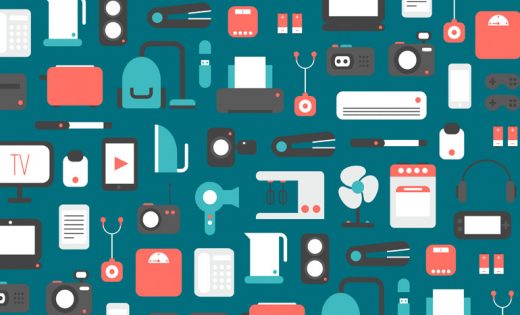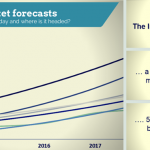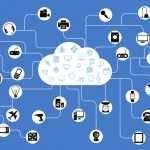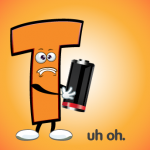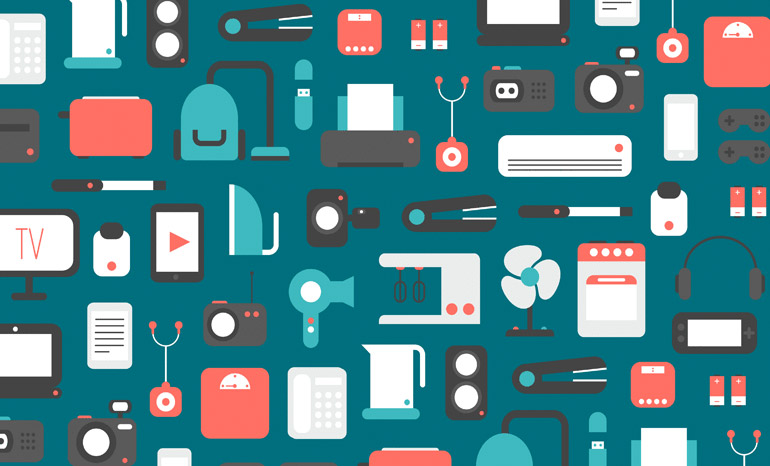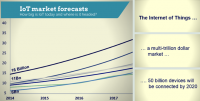Here are the 6 major trends for IoT in 2016
Here are the 6 major trends for IoT in 2016
The Internet of Things is moving from futuristic to commonplace. The huge amount of active devices in 2020, projected by IDC, Gartner, and Juniper, don’t seem as colossal as they did at the start of the year, due to a variety of ambitious and successful IoT projects.
IoT has been most effective in the industry, with multiple projects highlighting the power of connected machinery, farms, and utilities to save money, energy, and time.
#1. A little climate help
General Electric’s coal power program highlights the capabilities of IoT to vastly improve the financial and energy situation. In Italy, a coal plant was reopened after closing two years ago, thanks to the improvements made by the GE platform.
That might not be the most environmentally friendly news, although GE argues that the reduction in the amount of greenhouse gas and new jobs is a net plus for Italy.
#2. A sensor that can stop traffic
In Bangkok, the government turned on IoT sensors during Songkran, the country’s New Year and busiest time of the year. It sent data to a mobile app, which was used by millions of people travelling in Thailand, helping to reduce the amount of congestion in the capital.
#3. The growth of networks
As more projects are greenlit, an IoT network needs to be established to power the devices. Sigfox has been working hard in 2016 to ensure that a network is available worldwide specifically for IoT devices, launching in hundreds of U.S., European, and Asian cities.
#4. Let’s go connected shopping
Retail has become invested in the IoT revolution, with several projects aimed at making brick and mortar stores better at selling stuff. According to inMarket, the tech is working, with beacons responsible for $ 14.5 billion in spending over the Black Friday weekend.
#5. IoT down on the farm
Even though farmers haven’t fully embraced the IoT stack, some have started testing the waters and we are already seeing good results. In the next year, we expect the cost of the devices and software to even out for the amount saved, and some farmers might even see a net positive to adding connected devices all over their farms.
#6. Digging the (bio)metric system
Wearables have had a rocky year, with sales flatlining or falling. But the biometric capabilities of these ubiquitous consumer products are improving steadily, meaning more data will be available to users. The downside is: they do have some explaining to do on their data quality.
The post Here are the 6 major trends for IoT in 2016 appeared first on ReadWrite.
(18)

